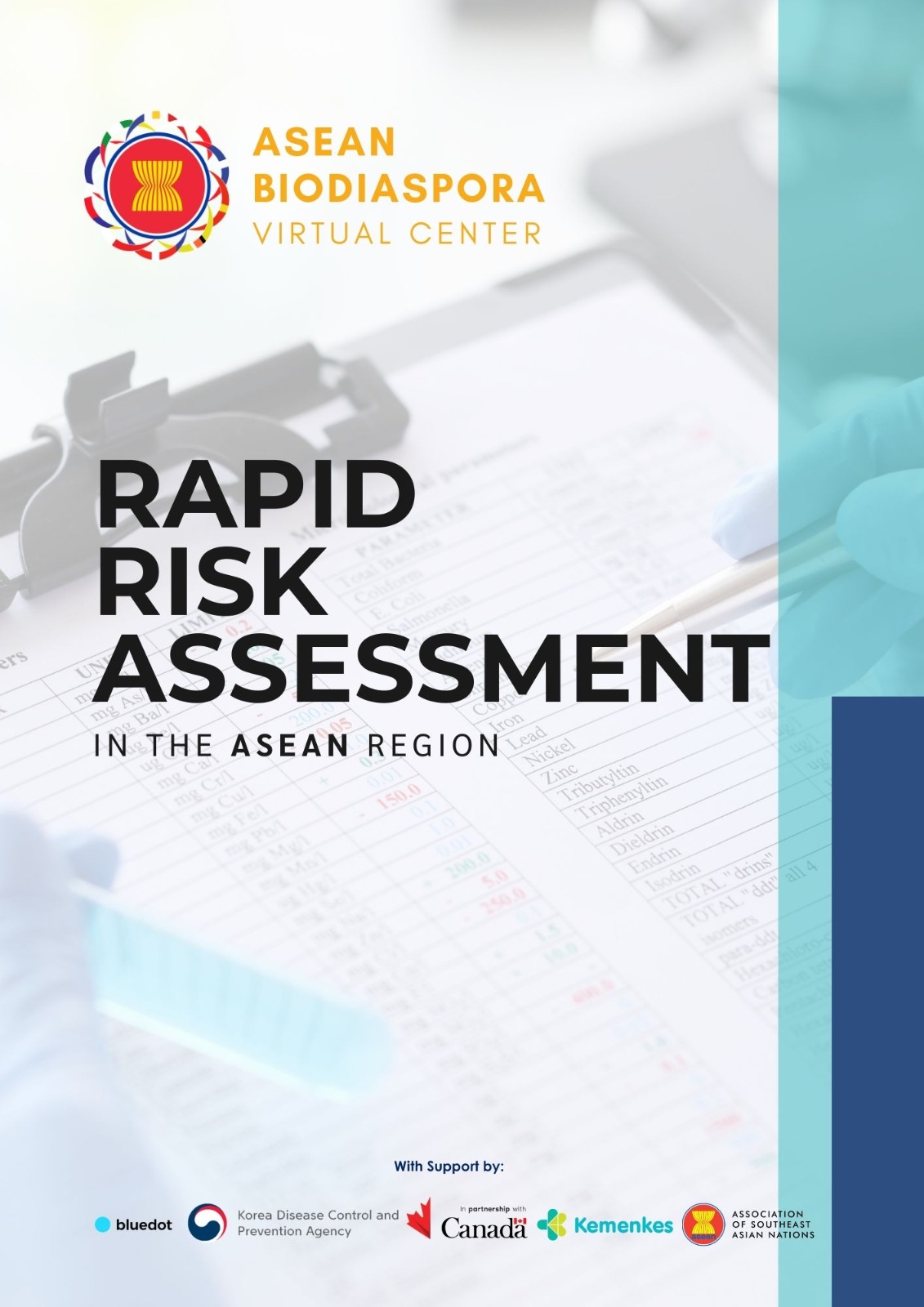Risk Assessment Report – 04 December 2020
Risk Assessment Report – 04 December 2020
Risk Assessment
December 04, 2020
Risk Assessment Report – 04 December 2020
Time Period Covered December 04, 2020 - December 04, 2020
COVID-19: Highlights and Situation Overview
• Worldwide, there have been over 65.4 million cases and more than 1.50 million deaths attributed to COVID-19.
• Two new cases were reported in Cambodia on December 3 (Thursday). The country is among those least affected by COVID-
19, with most cases imported from abroad and rare cases of community transmission. Two outbreaks occurred in March and
June, both of which were quickly controlled. However, cases began rising again in December. On November 29, Cambodia
reported six cases in the community. The first patient, whose origin of infection is still unknown, had symptoms for three days
before getting tested. The virus was spread to her family members, including her husband who is the director-general of the
Interior Ministry’s prisons. The family resides in the capital city of Phnom Penh and Siem Reap province and is currently isolating
and getting treatment. Before confirming infection, the woman shopped at the Aeon Mall 1 in the capital’s Chamkarmon
district. For contact tracing purposes, the government immediately closed the mall. Authorities called on all people who have
been to the mall or anyone who has contact with the patients to undergo a 14-day quarantine period. According to
authorities, this is the first incident of community transmission in the country. As of November 30, the government banned
gatherings of more than 20 people. Public schools will remain closed until January 11, while private schools are required to
close for two weeks.
• 1,056 new cases were reported in Philippines on December 3 (Thursday). The seven-day rolling average number of daily new
cases is 1,634 as of December 2, representing a four-month low in disease activity. Ministry reports indicate that nearly half of
all COVID-19 cases have been confirmed in the National Capital Region, followed by Calabarzon (18.5%), Central Visayas
(5.9%) and Central Luzon (6.4%). The test positivity rate in the country is currently 6%, suggesting a moderate under-detection
of asymptomatic cases in the community. On November 30 health officials announced that partial restrictions in the capital
region will remain in place until the end of the year. Metro Manila is currently subject to a curfew between midnight and 4
a.m., with the exception of Navotas City instating a local curfew from 8 p.m. to 4 a.m. Travel for non-essential purposes is now
permitted between areas under General Community Quarantine (GCQ) measures (namely the National Capital Region,
Bacolod, Batangas, Iloilo City and Tacloban), and the rest of the Philippines under the lighter Modified General Community
Quarantine (MGCQ) protocol. Masks are now mandatory nationwide on public transport. Restrictions for the upcoming
holiday season are still being discussed, although health officials suggest activities such as Christmas parties, larger family
reunions, and outdoor caroling will be considered prohibited mass gatherings. On December 2, the President issued an
executive order giving the Food and Drug Administration (FDA) the ability to grant Emergency Use Authorization (EUA) for
drugs and vaccines demonstrated to be effective in preventing, diagnosing, or treating COVID-19.
• Indonesia reported on Thursday (November 3) afternoon the highest daily COVID-19 surge the country has yet seen with 8,369
new cases, shattering all previous single-day records by a few thousand. Papua recorded the highest single-day jump in the
archipelago with 1,775 additional cases. Significant spikes were also reported in West Java and Jakarta with 1,648 and 1,153
cases, respectively. National COVID-19 task force spokesperson Wiku Adisasmito attributed the soaring numbers to a lag in
real-time data synchronization between the central government and regional administrations. He further urged regional
leaders to immediately report the latest COVID-19 data in their respective communities to the central government so as to
ensure greater accuracy.
• The Philippines President issued an executive order on Wednesday (December 2) granting the Food and Drug Administration
(FDA) the power to clear COVID-19 drugs and vaccine for emergency use. The Philippines wants to start immunizing 25 million
people next year against COVID-19, hoping to restore some normalcy after nearly nine months of restrictions, and prevent the
economy from sinking deeper into recession. The FDA can now grant emergency use authorization if there is reason to believe
the drug or vaccine may be effective in preventing, diagnosing or treating COVID-19 and if their potential benefits outweigh
possible risks. Emergency use authorizations shall also be issued if there is "no adequate, approved and available alternative
to the drug or vaccine". The Philippines, which has the second greatest number of confirmed coronavirus cases and deaths
in Southeast Asia, is racing to lock in vaccine supplies as it targets to immunize a third of it 108 million population. The Philippines
has been in talks with at least four vaccine makers about supply deals and has so far secured more than two million COVID-
19 shots from AstraZeneca.

 Risk Assessment Report – 04 December 2020
Risk Assessment Report – 04 December 2020